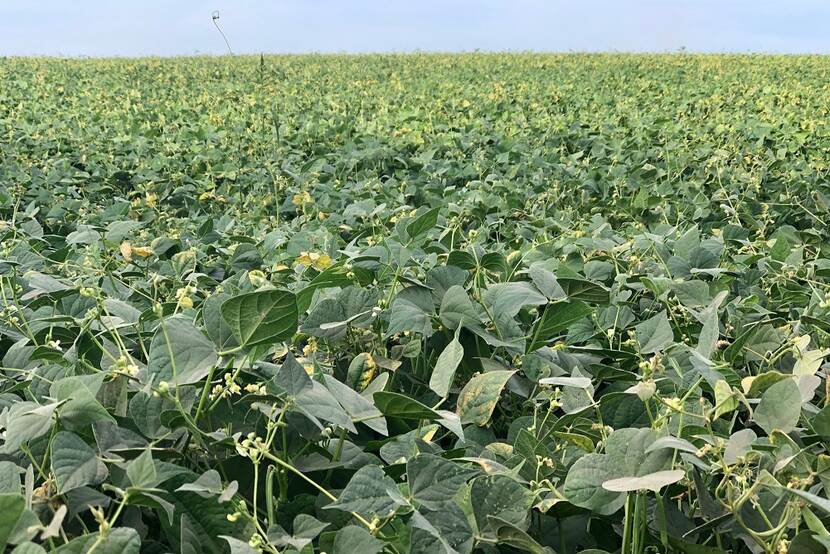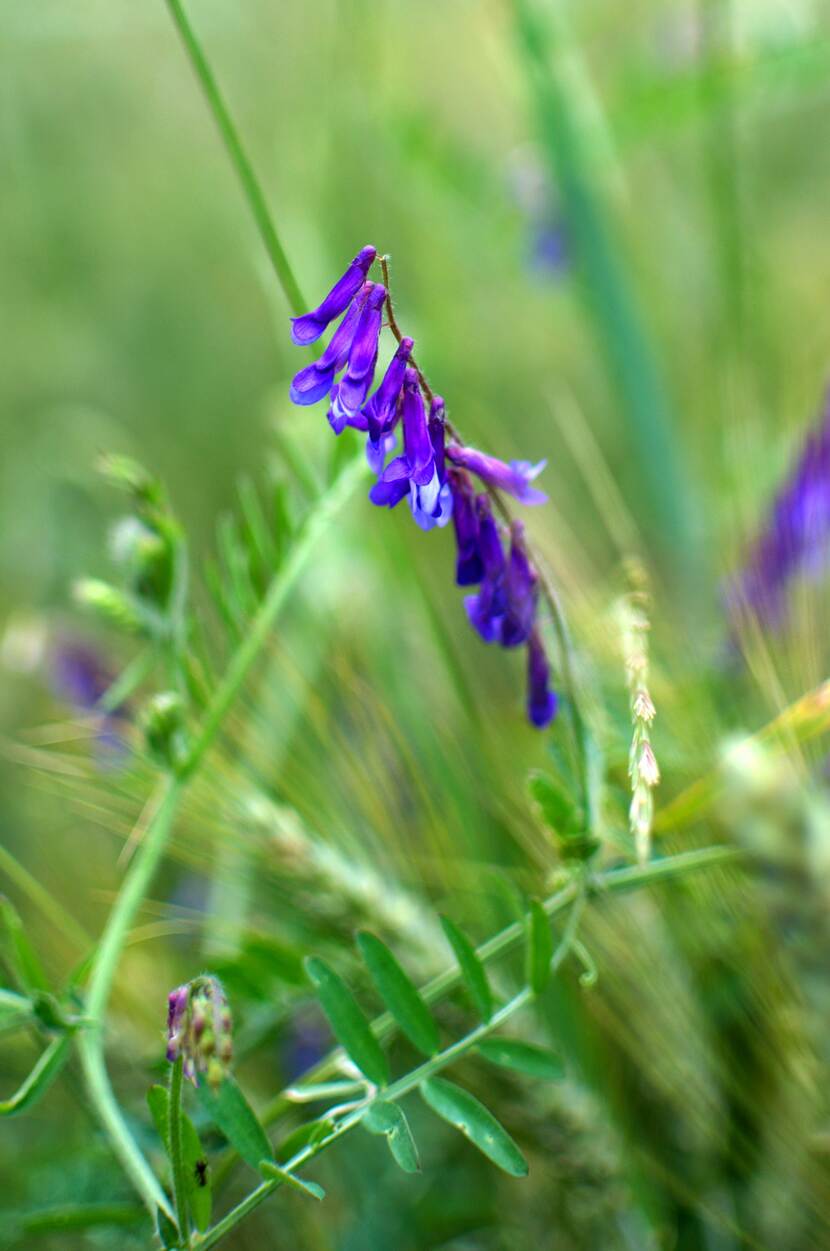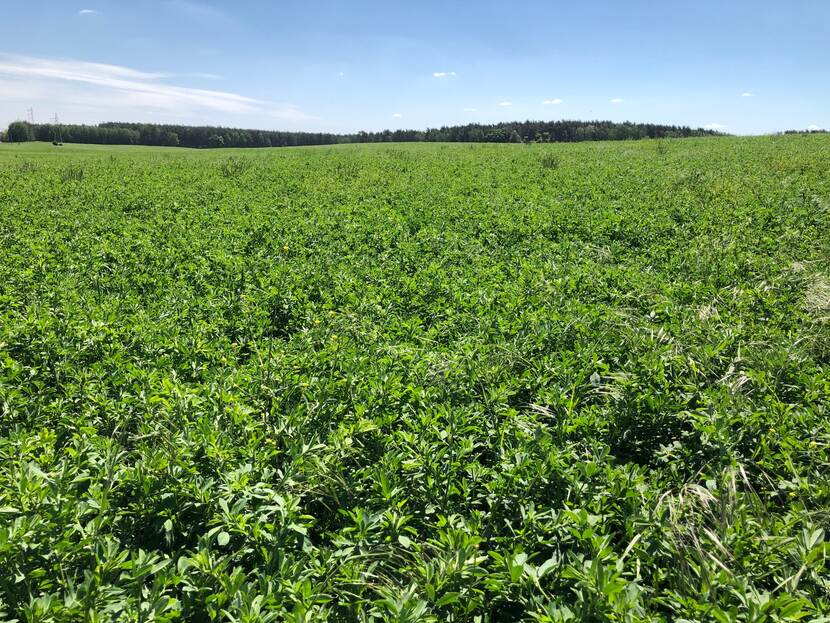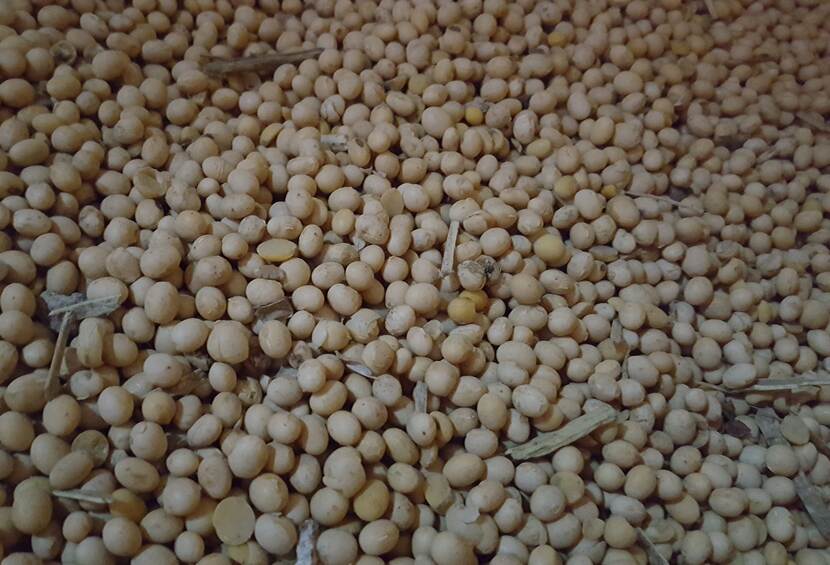Study “Protein crop market in Poland”
The European Union aims to reduce its dependency on imports of protein crops and become more self-sufficient. The Netherlands developed a National Protein Strategy with a view to increase the production of plant proteins and the utilization of proteins from residual streams and other sources. Can Poland play a (bigger) role in the cultivation of protein crops in the EU? To see the current status, opportunities and challenges in this sector, we have initiated the study on the Protein Crop Market in Poland.

As part of its strategy to meet its need for plant protein, the European Union aims to reduce its dependency on imports of protein crops such as soy and become more self-sufficient. This dependency on import makes us vulnerable and is undesirable, both from a geopolitical perspective and in terms of the supply security risks it poses for Europe. The import of soya from outside the EU will not stop altogether, since it offers Europe a cheap source of protein with a highly favourable amino acid content for animal feed (particularly for broilers and piglets) and is also difficult to replace from a commercial perspective. However, the development of European alternatives will provide opportunities for the partial replacement of Europe's soya imports over the next few years.

Protein crops also have unique natural and economic values. They increase the content of humus in the soil and thus positively influence on organic matter. They enrich also the sorption complex of the soil with nutrients. When cultivated in catch crops for „green fertilisers”, they bring 4-8 tonnes of dry matter into the soil. The deep root system allows to derive calcium, phosphorus and potassium from the deeper soil layers and to move them to the surface soil layers, thus making these components available to other plants. In symbiosis with bacteria, protein crops fix atmospheric nitrogen, thus reducing the costs of fertilisation. The introduction of these crops into crop rotation allows to reduce the use of mineral fertilisers, which has an ecological and economic aspect.
Study “Protein crop market in Poland”
The sector of protein crops in Poland has a long tradition and plays an important economic, social and environmental role. Protein crops are cultivated mainly for seeds, which, due to their high nutritive value, are an important component of protein feedstuffs, as well as a valuable element of the human diet.
Over the last decade, an increase in the cultivation area of legumes in Poland has been observed. They are cultivated almost all over the country, although in the case of individual crops a spatial division is also clearly marked. Species cultivated for feed grain are definitely much more important, while the cultivation area of typically eatable species is definitely smaller. In the Polish conditions, the vast majority of legumes are consumed directly on farms, and only a small, but steadily growing, percentage of them is used for the production of industrial feedstuffs. In 2019, the cultivation area of fodder legumes stood at nearly 204 thousand ha, while that of eatable legumes – less than 66 thousand ha. In addition, the cultivation area of fodder legumes for green forage occupied about 20 thousand ha.
Here you will find a study on protein crops (legumes) in Poland cultivated for grain, including;
- information on the spatial distribution of individual crops;
- measures that are supporting their further cultivation;
- foreign trade,
- a number of barriers identified by feed companies to the use of protein crops in the industrial production of feedstuffs,
- a list of feed companies using legume grain in the industrial production of feedstuffs;
- the main challenges in the development of the production of protein crops in Poland.

Webinar on March 18
On Thursday March 18, the Netherlands Polish Chamber of Commerce (NPCC) together with BNP Paribas and the Embassy of the Netherlands in Warsaw organized a webinar about the feed market in Poland and the cultivation of protein crops. You can view the whole webinar here.
National Protein Strategy of the Netherlands
In December 2020, the Minister of Agriculture, Nature and Food Quality, Carola Schouten, presented the National Protein Strategy. The Strategy focuses on the potential national contribution of the Netherlands to increasing the EU's self-sufficiency rate for novel and plant proteins over the next five to ten years, with sustainable production methods that promote the health of people, animals and the natural environment. In addition, the strategy seeks to contribute to soil quality, biodiversity, food waste reduction efforts, sustainable livestock farming, a sound revenue model for farmers, climate protection and the protein transition.
Targets include (but is not limited to):
- By 2025, the majority of plant-based high-protein raw materials used in Dutch animal feed will originate from within the EU.
- By 2025, a more extensive range of tasty, sustainable and healthy alternative protein products will be available on the EU markets for food and feed.
- By 2030, animal feed will primarily consist of products and residual streams not suitable for human consumption.
- In the future it will become possible to safely feed pigs and chickens on kitchen waste.
- By 2022, EU regulations permit the safe use of circular protein sources such as animal meal and insects in feed for poultry and pigs.

The Netherlands will continue to encourage a larger and balanced European demand for zero-deforestation and sustainably produced soya and, as such, greater influence on production methods. In addition, the Netherlands will continue to strongly promote effective EU measures concerning the sustainability of imported agricultural raw materials. In 2011, various Dutch parties in the chain entered into a covenant known as the Verbond van Den Bosch, laying down their ambition to ensure that by 2020, 50% of all proteins in animal feed are obtained from regional (European) sources. In 2018, this percentage was 47%.